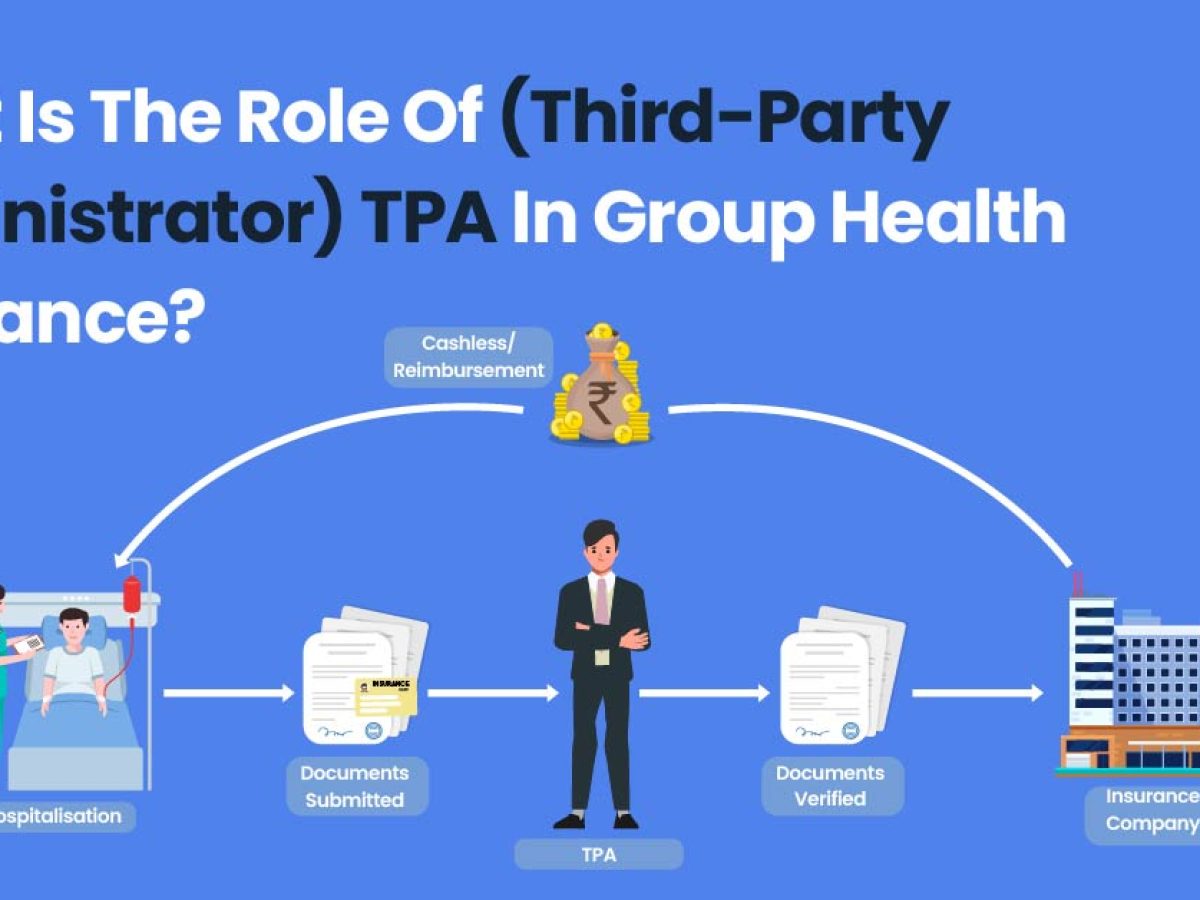The 30-Second Trick For Pacific Prime
The 30-Second Trick For Pacific Prime
Blog Article
The Facts About Pacific Prime Uncovered
Table of ContentsSee This Report on Pacific PrimeThe 3-Minute Rule for Pacific PrimeSome Known Details About Pacific Prime 3 Easy Facts About Pacific Prime ExplainedPacific Prime - An Overview

This is because the information were gathered for a duration of strong economic performance. Of the approximated 42 million people that were uninsured, almost regarding 420,000 (concerning 1 percent) were under 65 years of age, the age at which most Americans end up being qualified for Medicare; 32 million were adults between ages 18 and 65, about 19 percent of all grownups in this age; and 10 million were youngsters under 18 years of age, regarding 13.9 percent of all children (Mills, 2000).
These price quotes of the variety of individuals uninsured are created from the yearly March Supplement to the Existing Populace Study (CPS), conducted by the Demographics Bureau. Unless or else noted, national price quotes of people without medical insurance and proportions of the populace with various type of protection are based upon the CPS, one of the most commonly utilized resource of estimates of insurance protection and uninsurance rates.
The Ultimate Guide To Pacific Prime

Still, the CPS is especially beneficial because it generates annual estimates fairly swiftly, reporting the previous year's insurance policy coverage approximates each September, and because it is the basis for a regular collection of estimates for greater than two decades, enabling for evaluation of patterns in protection in time. For these reasons, along with the substantial use of the CPS in other researches of insurance coverage that exist in this report, we count on CPS price quotes, with restrictions kept in mind.

The price quote of the number of without insurance people broadens when a population's insurance standing is tracked for several years. Over a three-year duration beginning early in 1993, 72 million individuals, 29 percent of the united state populace, lacked protection for a minimum of one month. Within a single year (1994 ), 53 million people experienced a minimum of a month without insurance coverage (Bennefield, 1998a)
6 out of every ten uninsured adults are themselves used. Functioning does enhance the likelihood that one and one's household participants will certainly have insurance policy, it is not a warranty. Also participants of families with 2 permanent breadwinner have almost a one-in-ten opportunity of being uninsured (9.1 percent without insurance rate) (Hoffman and Pohl, 2000).
The smart Trick of Pacific Prime That Nobody is Talking About
New immigrants account for a considerable proportion of people without medical insurance. One analysis has actually associated a significant section of the current growth in the size of the U.S. uninsured populace to immigrants who showed up in the nation between 1994 and 1998 (Camarota and Edwards, 2000). Current immigrants (those that involved the United States within the past 4 years) do have a high rate of being uninsured (46 percent), however they and their youngsters make up just 6 percent of those without insurance policy country wide (Holahan et al., 2001).
The partnership between medical insurance and access to care is well developed, as documented later in this phase. The relationship between health insurance and health end results is neither straight neither straightforward, a comprehensive clinical and health and wellness services research study literature web links health insurance policy coverage to enhanced access to care, much better high quality, and enhanced personal and population health status.
Degrees of analysis for analyzing the results of uninsurance. It focuses especially on those without any type of wellness insurance coverage for any kind of length of time.
Pacific Prime Can Be Fun For Anyone
The troubles encountered by the underinsured remain in some areas similar to those dealt with by the uninsured, although they are normally much less serious. international health insurance. Uninsurance and underinsurance, however, involve distinctly different plan concerns, and the strategies for resolving them might vary. Throughout this research study and the 5 reports to follow, the main focus gets on individuals without medical insurance and thus no assistance in spending for site healthcare past what is offered through charity and security internet establishments
Wellness insurance coverage is an effective variable affecting invoice of care because both people and medical professionals reply to the out-of-pocket price of solutions - https://www.pubpub.org/user/freddy-smith-2. Health and wellness insurance policy, nonetheless, is neither needed neither enough to access to clinical solutions. Nevertheless, the independent and direct effect of health insurance policy protection on accessibility to wellness services is well established.
Others will get the healthcare they need also without health and wellness insurance, by spending for it out of pocket or seeking it from service providers that use treatment complimentary or at highly subsidized rates. For still others, health and wellness insurance alone does not make sure receipt of treatment as a result of various other nonfinancial barriers, such as an absence of health care providers in their area, limited access to transport, illiteracy, or linguistic and cultural distinctions.
The Ultimate Guide To Pacific Prime
Formal research study concerning without insurance populations in the United States dates to the late 1920s and early 1930s when the Board on the Price of Healthcare produced a series of reports regarding funding medical professional workplace gos to and hospitalizations. This problem came to be significant as the varieties of clinically indigent climbed during the Great Clinical depression.
Report this page